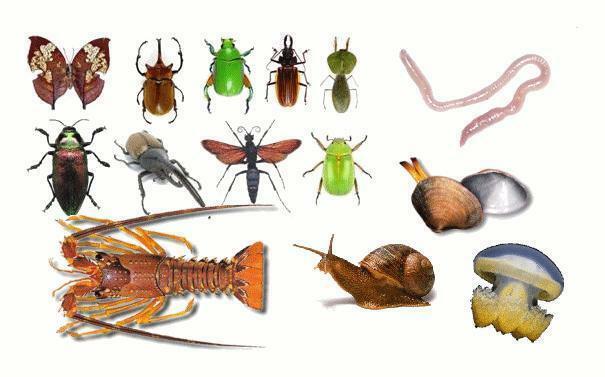THE giant otter (Pteronura brasiliensis), also known as the giant otter, is the South American familiar of otters in North America, Europe and Africa. The giant otter can grow to over 2 meters in length, making it the largest of its kind.
They are found in the rainforests of the Amazon, up to the wetland, the largest wetland in the world. Hunting for its fur, coupled with loss of habitat, has reduced its individuals to an estimated 2,000 to 5,000.
Index
- Features
- Habitat
- Distribution
- reproduction
- conservation state
- Hunting
Features
In terms of body length, Pteronura brasiliensis is the largest of the 13 otter species in the world. Male otters reach a total length of 1.5 to 1.8 meters and a weight between 26 and 32 kg. Females generally measure from 1.5 to 1.7 meters in length and can weigh between 22 and 26 kg.
It is difficult to distinguish between the male and female otter because there is no fundamental difference in head or body size. The color of the fur varies between reddish-brown and dark brown, and the dense, velvety skin is mainly composed of short, waterproof fur.
The throat and chest are usually marked with irregular creamy patches or patches. The muzzle, lips and chin are often stained white. The tail is flat dorsoventrally like that of a beaver and thick and muscular at the base. The head is broad and with a blunt, slanted muzzle.
Whiskers are highly sensitive in order to facilitate locating prey in murky water when vision is impaired. The nostrils and small ears can be closed to prevent water ingress while diving.
Habitat
- Free Online Inclusive Education Course
- Free Online Toy Library and Learning Course
- Free Online Math Games Course in Early Childhood Education
- Free Online Pedagogical Cultural Workshops Course
The giant otter inhabits rivers, streams, lakes and swamps in lowland tropical forests. This species is particularly vulnerable to human disturbance. Giant otters live in slow-moving freshwater rivers, lakes and streams with gently sloping banks and overhanging vegetation.
Distribution
Historically, otters roamed the lowland rainforests and wetlands of South America. Currently there are remaining populations in Bolivia, Brazil, Colombia, Ecuador, French Guiana, Guyana, Paraguay, Peru, Suriname and Venezuela, but the giant otter is considered extinct in Argentina and in the Uruguay.
reproduction
They are very social animals. Otters live in extended families of perhaps ten otters. They hunt cooperatively and share duties when caring for the young. The groups respect territories and do not fight each other. The stable social structure is centered on the dominant pair, which is the only one that reproduces. The group usually has one to four offspring per year, with gestation lasting between 65 and 72 days.
conservation state
This animal is listed as an “endangered species” by the Red List of the International Union for the Conservation of Nature and Natural Resources (IUCN).
Currently, the biggest threat to giant otters is habitat loss due to pollution and human settlement. Otters require protection from their prey, and Pantanal fish stocks are harmed by habitat destruction, overfishing and pollution. Mining is a significant source of this problem.
Hunting
In the past, giant otters were often hunted for their fur. This trade in otter skins is one of the main reasons why they are endangered in the wild. This species is active during the day, very vocal and not afraid to approach humans, meaning they were easy to hunt. Much of the population was decimated until efforts were finally made to protect them in the 1970s.
The password has been sent to your email.


